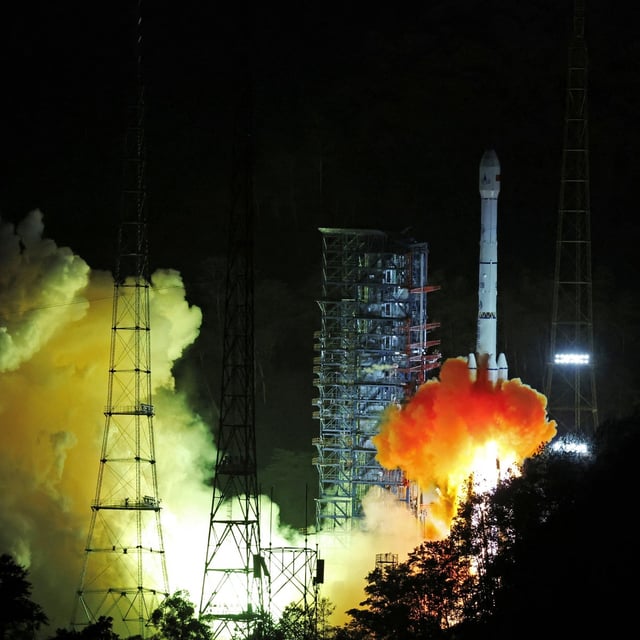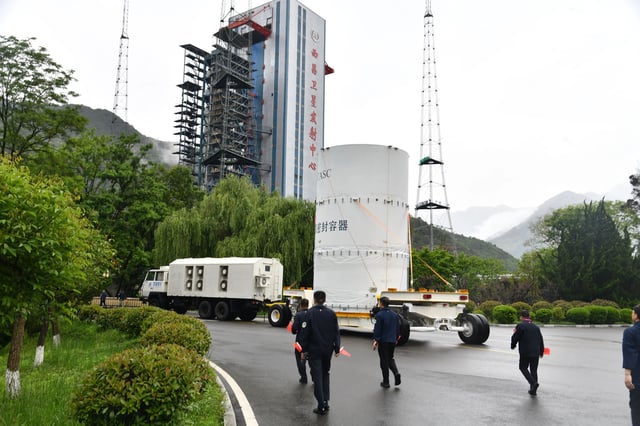Overview
- Tianwen-2 lifted off on May 28 aboard a Long March 3B rocket from the Xichang Satellite Launch Center, achieving transfer orbit insertion and smooth solar panel deployment.
- The spacecraft is bound for asteroid 469219 Kamo’oalewa, a 40–100 meter quasi-satellite of Earth, with rendezvous scheduled for July 2026.
- Mission planners will employ both “touch-and-go” and “anchor-and-attach” sampling techniques aimed at returning at least 100 grams of material to Earth by November 2027.
- After delivering asteroid samples, Tianwen-2 will use an Earth gravity assist to set course for main-belt comet 311P/PANSTARRS, targeting arrival around 2035.
- This mission advances China’s planetary exploration roadmap by building on lunar and Mars successes and demonstrating deep-space autonomy and navigation capabilities.



